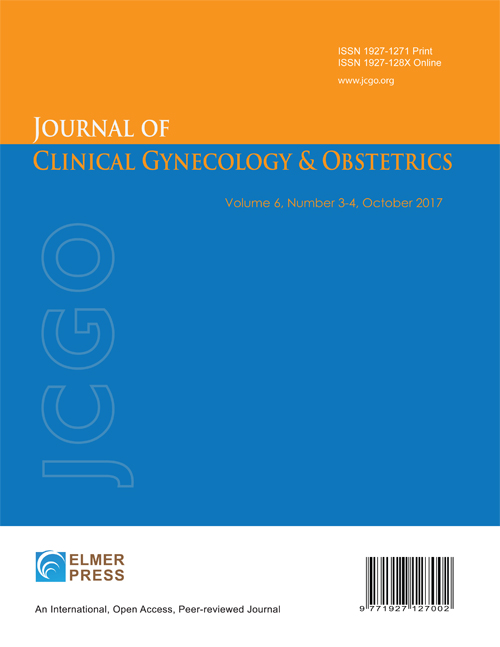Should We Continue Using Palmer’s Test to Check the Correct Positioning of the Veress Needle During Laparoscopic Access?
DOI:
https://doi.org/10.14740/jcgo1011Keywords:
Laparoscopy, Veress needle, Safety maneuvers, Palmer’s test, Pressure testAbstract
Background: The aim of this study was to check the efficacy of Palmer’s test in preventing failed access to the abdominal cavity and the surgical complications associated with these maneuvers.
Methods: We conducted a multicenter, observational, prospective cohort study. The exposed cohort (n = 390) consisted of patients for whom Palmer’s test was employed during maneuvers to access the abdominal cavity, while the non-exposed cohort (n = 390) included patients for whom only the pressure test was employed to ensure the correct positioning of the Veress needle.
Results: Our study’s results show that implementing Palmer’s test appears not to be useful for determining the correct positioning of the Veress needle when compared with the isolated reading of intraabdominal pressure. Additionally, the use of the Palmer’s test entails a greater risk of complications and adverse effects during access maneuvers.
Conclusions: The use of Palmer’s test in addition to the reading of intraabdominal pressure has not shown effectiveness in preventing failed access to the abdominal cavity or the associated complications.

Published
Issue
Section
License
Copyright (c) 2024 The authors

This work is licensed under a Creative Commons Attribution-NonCommercial 4.0 International License.





